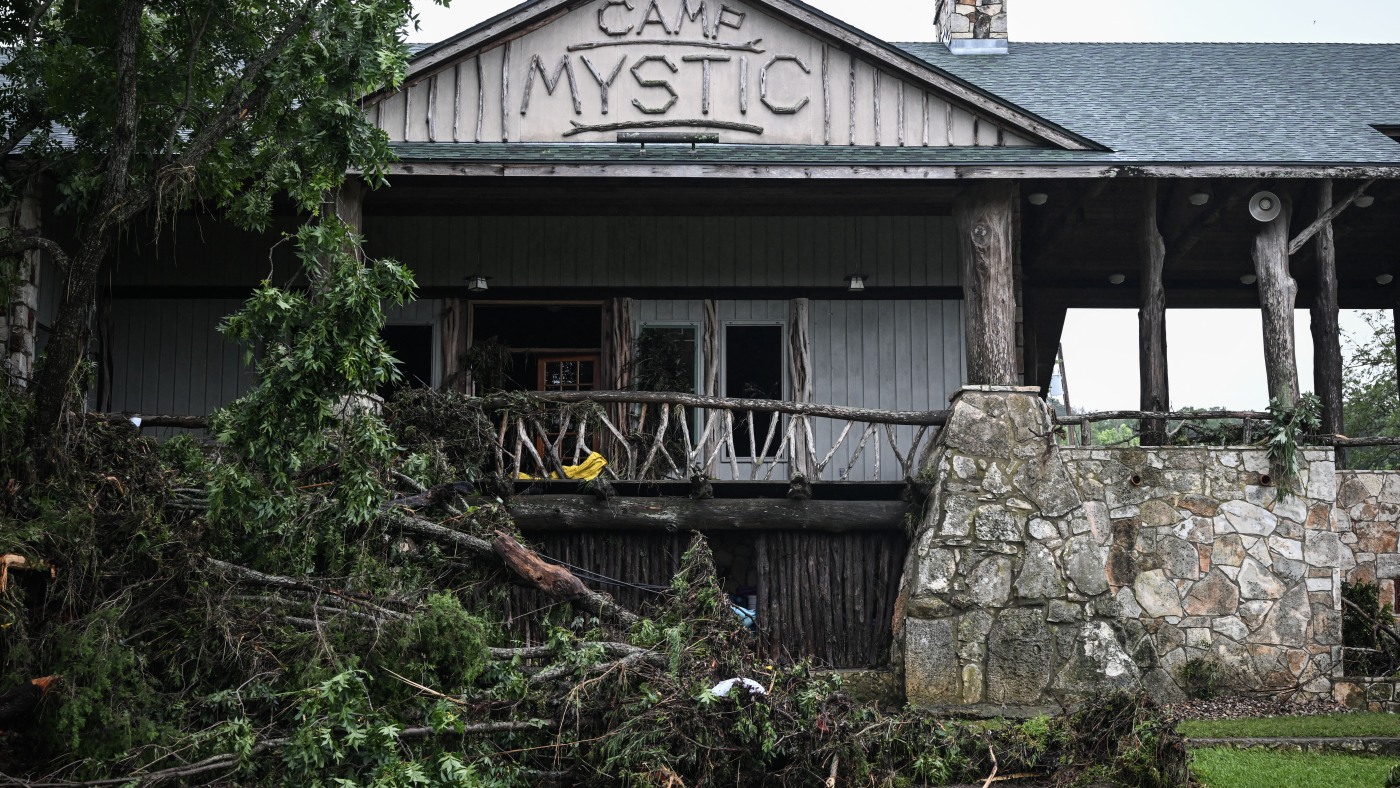The confluence of two seemingly disparate crises—FEMA’s underestimation of flood risks, particularly highlighted by the tragic events at Camp Mystic in Texas, and the resurgence of measles cases across the United States—presents a complex challenge for public safety and disaster preparedness. The failure to accurately assess and communicate flood risks leaves communities vulnerable to devastating consequences, while the escalating measles outbreak underscores the importance of proactive public health measures and addresses the erosion of public trust in vital agencies.
The recent data has brought to light a critical flaw in FEMA’s flood risk assessment methodologies, particularly in the context of Camp Mystic, where a catastrophic flood claimed numerous lives. This incident serves as a stark reminder of the agency’s shortcomings in accurately mapping and predicting flood-prone areas. The problem extends far beyond Camp Mystic. New risk models indicate that the number of properties at risk from a 100-year flood is nearly double what FEMA’s maps suggest. This discrepancy arises from the agency’s failure to fully account for rainfall and flash flooding. Furthermore, the data reveals critical risks in other areas along the Guadalupe River in Kerr County, Texas.
The inadequacy of FEMA’s flood maps has dire consequences for communities. People who believe they are safe based on these maps find themselves unprepared when disaster strikes, leading to significant property damage, displacement, and loss of life. The tragedy at Camp Mystic vividly illustrates this point. The impact of FEMA’s inaccurate flood maps is not evenly distributed. Analysis of damage from Hurricane Harvey has shown that Black and Hispanic residents disproportionately experienced flooding in areas beyond FEMA’s designated 100-year flood zones. This suggests that vulnerable communities are bearing a disproportionate burden of the agency’s flawed risk assessments.
For decades, FEMA’s maps have failed to fully capture the risk of rainfall and flash flooding. Given climate change’s potential to exacerbate extreme weather events, the need for updated and more accurate flood risk assessments is more pressing than ever. Failure to adapt to changing climate patterns will further compromise the safety and well-being of communities across the country.
Concurrently, the United States is grappling with a resurgence of measles, with cases hitting levels not seen in over three decades. The CDC reports that U.S. measles cases this year hit the highest level in 33 years. This outbreak highlights the importance of vaccination efforts and the potential consequences of declining vaccination rates. Several factors have contributed to the measles outbreak, including declining vaccination rates due to misinformation and vaccine hesitancy, and the relaxation of public health measures. The spread of misinformation, particularly through social media, has eroded public trust in vaccines and contributed to the decline in vaccination rates.
Measles is a highly contagious disease, and unvaccinated individuals are particularly vulnerable to infection. Outbreaks tend to occur in communities with low vaccination rates, highlighting the importance of achieving herd immunity to protect those who cannot be vaccinated. Public health officials are working to contain the measles outbreak through vaccination campaigns, contact tracing, and public education efforts. However, these efforts are often hampered by vaccine hesitancy and misinformation.
The crises of underestimated flood risks and resurgent measles, though distinct, share common threads. Both highlight the importance of public trust in government agencies, the vulnerability of communities to systemic failures, and the need for resilience in the face of adversity. Both FEMA and public health agencies face the challenge of restoring public trust in their ability to protect communities. This requires transparency, accountability, and a commitment to evidence-based decision-making. FEMA must invest in updated flood risk assessments and communicate risks clearly and effectively. Public health agencies must combat misinformation and promote vaccination through trusted messengers.
Both crises disproportionately affect vulnerable communities. Low-income communities, communities of color, and other marginalized groups are more likely to live in flood-prone areas and have limited access to healthcare and vaccination services. Addressing these systemic vulnerabilities requires targeted interventions and policies that promote equity and inclusion. Building resilience at the individual, community, and institutional levels is essential for mitigating the impact of future crises. This includes investing in infrastructure improvements, promoting community preparedness, and strengthening public health systems.
Addressing the challenges posed by underestimated flood risks and resurgent measles requires a multi-faceted approach that prioritizes public safety, equity, and resilience. By strengthening risk assessment methodologies, promoting vaccination, and addressing systemic vulnerabilities, the nation can chart a course for a safer future. FEMA should invest in advanced flood modeling technologies to improve the accuracy of flood risk assessments, prioritize the assessment of flood risks in vulnerable communities, improve communication of flood risks to the public, and collaborate with local communities and stakeholders to develop effective flood mitigation strategies.
Public health agencies should strengthen vaccination efforts to achieve herd immunity against measles, combat misinformation and promote vaccine confidence through trusted messengers, invest in public health infrastructure and workforce capacity, and address systemic vulnerabilities that contribute to health disparities. The discrepancies in FEMA’s flood risk assessments and the escalating measles outbreak are critical issues that demand immediate attention. These challenges not only expose vulnerabilities within our systems but also highlight the urgent need for proactive measures to protect communities and restore public trust. By acknowledging the gravity of these situations and implementing comprehensive strategies, we can work towards a future where safety, equity, and resilience are paramount. The time for action is now.

